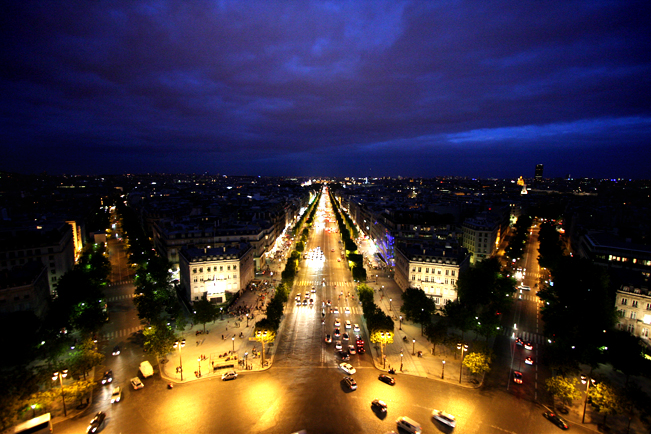“We are fundamentally creatures of desire who crave particular visions of the kingdom—the good life—and our desire is shaped and directed by practices that point the heart.” – James K.A. Smith, Desiring the Kingdom
I am a creature of desire. As much as I like to believe that I live from my mind, and that the world can be tamed by the might of reason and brought into submission by the sword of analysis, I know the truth—I cannot conquer anything because what my heart desires will always conquer me. We balk at this thought, downplaying the centrality of desire. After all, we can in many ways delineate patterns of thought, but the heart is always and forever inscrutable. More than inscrutable, the heart is insatiable. It is ravenous, a slathering, gluttonous beast. Further still, God calls the heart a whore.
And according to this passage, what the heart devours, the eyes provide. There is an intimate connection between our eyes and our heart, so much so that what we behold fundamentally shapes what we desire. Where we fix our eyes is where we fix our hearts. Here God says if the eyes wander, the heart will wander too. Because we are prone to uphold our minds as the center of our beings, we are unaware of how what we do and what we behold shapes us more than what we think. As embodied creatures we enact what we desire by what we do, so habits are not simply a display of our desires, they fundamentally shape our desires and therefore our hearts. As James K.A. Smith notes, “Our habits thus constitute the fulcrum of our desire.” In other words, if we would change what we want, we must change what we do.
God, of course, knows this. The tassel he commands to the people of Israel is something to see, a way to behold the law itself, and in beholding the law he gives them a way to remember the covenant love of a holy God. The tassel becomes a place for the people of Israel to fix their gaze so that they might remember their way. Indeed, if we understand ourselves as embodied creatures whose habits and actions fundamentally shape our desires, then we can see beyond the seemingly strange commandments to the heart of the law. The commandments of the law, the rituals and procedures, are in fact the habits of the holy, the enacted liturgy of the covenant people, meant to shape the people of God into a holy people. A holy people for a holy God.
As Christians, we too are God’s covenant people, and we must ask ourselves about the habits of our hearts. As Smith says, we all crave a vision. The heart is indiscriminate and will feast on whatever we feed it, so we must ask ourselves what we are feeding our hearts. What are we beholding? What are we allowing to shape our desire?


















